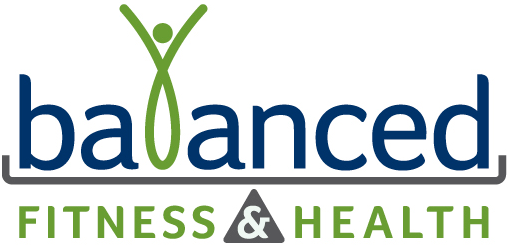Why You Should Work with a Certified Ergonomist
In many workplaces – employees are exposed to repetitive motions, awkward or sustained postures, physically demanding tasks or spend hours at a desk in front of screens. Over time, these stressors can take a serious toll—leading to fatigue, strain injuries, lost productivity, and costly downtime.
That’s why forward-thinking companies are turning to ergonomics not just to reduce injury rates, but to improve efficiency, quality, and worker well-being. But here’s the catch: not all ergonomic solutions are created equal.
If you’re looking to reduce injury risk, improve workflow, or create a more supportive environment for your team, partnering with a certified ergonomist is a smart step forward. And when that professional also holds a Doctorate in Physical Therapy (DPT) and a degree in Biomedical Engineering, you’re getting a rare combination of clinical expertise and design-level insight—precisely what’s needed to solve complex ergonomic challenges at their root.
What Is a Certified Ergonomist?
A certified ergonomist is a professional trained and credentialed in the science of ergonomics—how people interact with their environment, tools, and tasks. They hold certifications from recognized bodies such as the Board of Certification in Professional Ergonomics (BCPE) or similar international organizations. This certification means they have met strict education, experience, and ethical standards, and are committed to ongoing professional development.
Why These Qualifications Matter?
1. Expertise That Goes Beyond Guesswork
Certified ergonomists understand biomechanics, physiology, and human behavior. They assess tasks, workstations, and equipment with a scientific approach—not just intuition. This leads to precise recommendations tailored to your specific needs.
Example: A certified ergonomist won’t just suggest a standing desk; they’ll analyze how, when, and why you work sitting or standing, then optimize the entire setup around that behavior.
2. Injury Prevention and Cost Savings
Work-related musculoskeletal disorders (WMSDs) are a leading cause of lost productivity and compensation claims. A certified ergonomist helps reduce risks of repetitive strain injuries, back pain, and carpal tunnel syndrome—before they become costly problems.
Fact: According to OSHA, every $1 invested in injury prevention can yield $2 to $6 in returns through reduced absenteeism, turnover, and healthcare costs.
3. Improved Employee Performance and Satisfaction
Comfortable employees are happier and more productive. A certified ergonomist identifies obstacles that drain energy or focus and provides solutions that improve how people feel and perform at work.
Bonus: Ergonomics improvements often have a ripple effect—boosting morale, engagement, and even your organization’s reputation as a great place to work.
4. Customized, Scalable Solutions
Every workplace is different. Whether you’re a remote freelancer, a corporate manager, or in charge of an industrial team, a certified ergonomist tailors interventions that scale—from individual setups to company-wide ergonomic programs.
5. Credibility and Compliance
Certified ergonomists understand legal and industry standards for occupational health and safety. They help ensure compliance with OSHA, ISO, and other regulations—reducing liability and demonstrating a commitment to workplace well-being.
Final Thoughts
Working with a certified ergonomist isn’t just about adjusting your chair—it’s about designing smarter, healthier ways to work. Whether you’re trying to reduce injuries, increase productivity, or support employee wellness, investing in expert ergonomic guidance pays off.
If you’re ready to create a safer, more comfortable, and more productive workspace, consider hiring a certified ergonomist. Your body—and your bottom line—will thank you.


